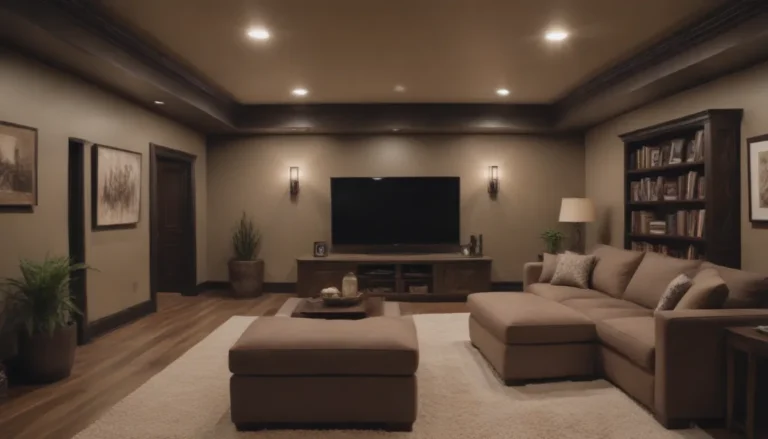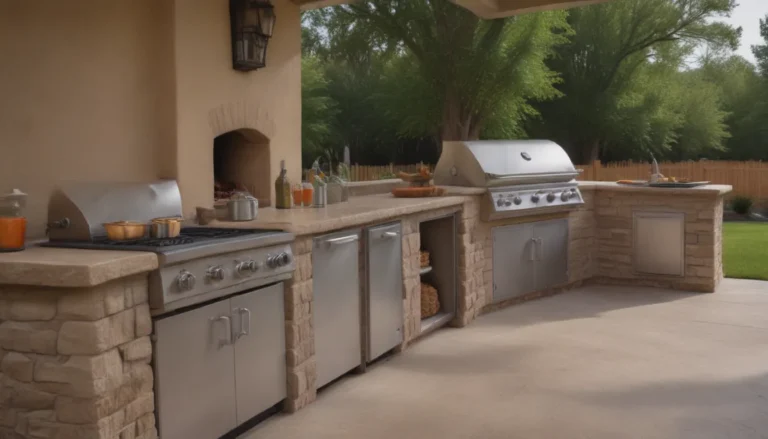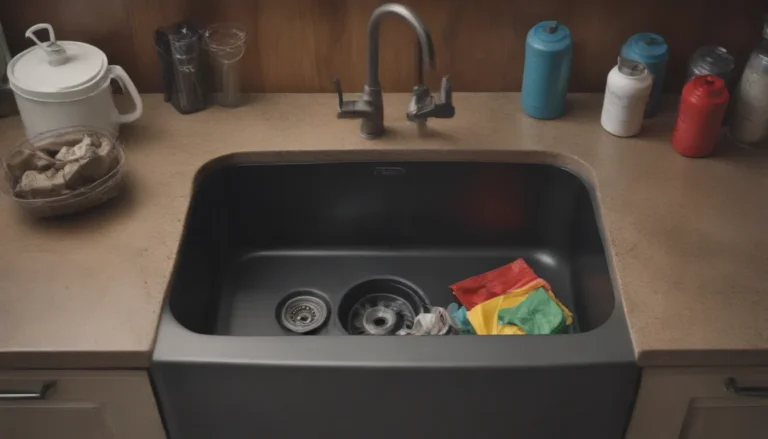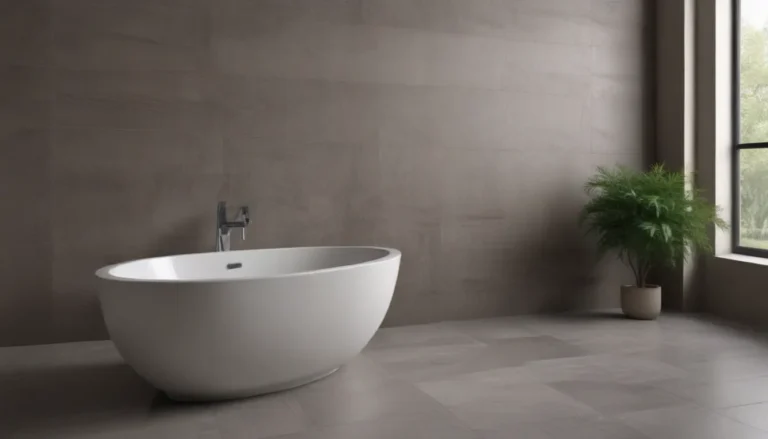How Much Extra Flooring to Buy: A Comprehensive Guide
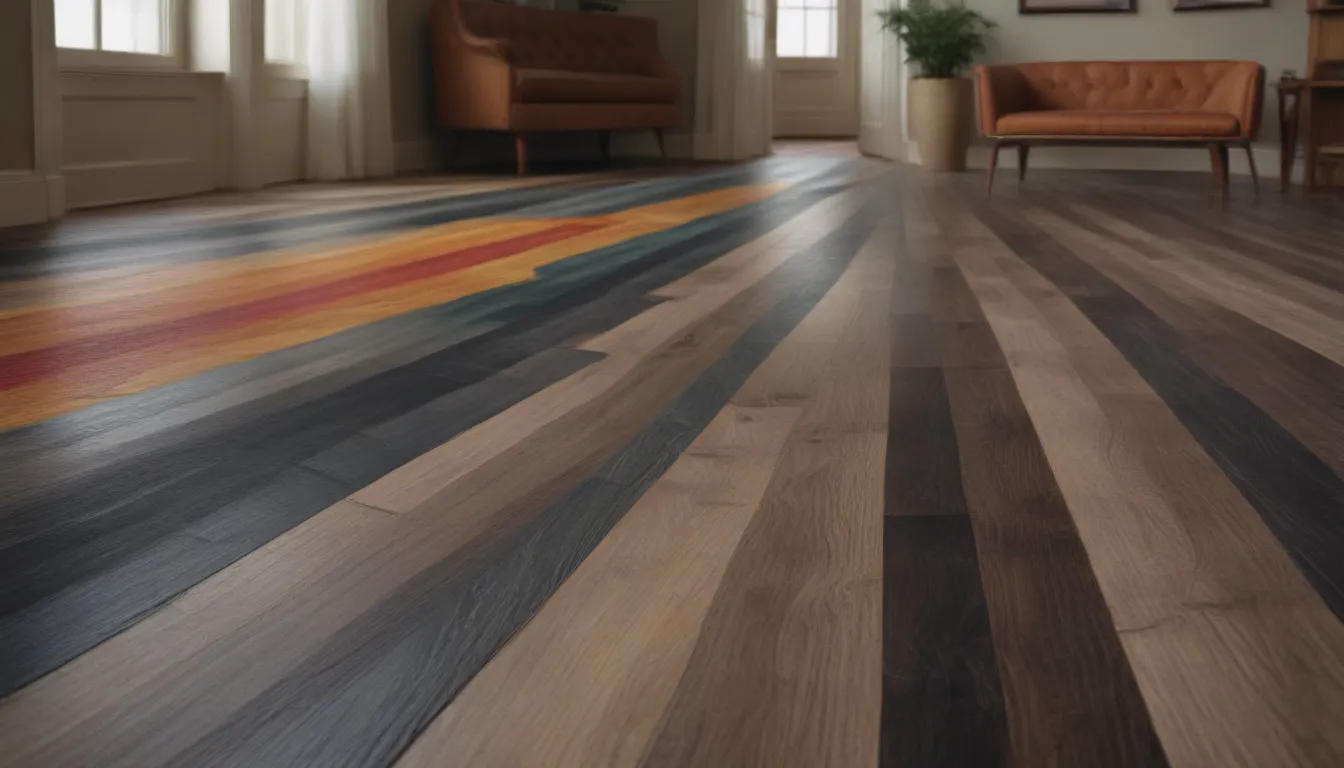
Are you planning on installing new flooring in your home? Whether you’re considering solid hardwood, wall-to-wall carpet, luxury vinyl plank, laminate, or ceramic tile, one thing you’ll need to factor in is how much extra flooring to buy. Manufacturers typically recommend purchasing more flooring material than what may seem necessary to account for cutting, defects, and future repairs. In this guide, we will delve into the reasons behind this recommendation and provide you with the specific percentages of extra flooring you should consider for different types of flooring materials.
Why Extra Flooring Is an Expected Purchase
When it comes to flooring installation, it’s essential to remember that floor spaces and flooring materials rarely align perfectly. This discrepancy necessitates the purchase of extra flooring to ensure a seamless installation process. Here are some factors that contribute to the need for additional material:
- Room dimensions: Flooring materials are often designed in standardized sizes, such as tiles or planks. If a room’s dimensions do not perfectly align with these standard sizes, extra material will be needed to fill in the gaps.
- Defective materials: Natural flooring products like solid hardwood are more prone to defects compared to synthetic alternatives. By purchasing extra material, you can account for any damaged pieces that may need to be replaced.
- Cutting and seaming: Large rolls of carpet or wide sheets of flooring may require cutting and seaming to fit into the space properly, resulting in wastage that necessitates additional material.
How Much Extra Flooring to Order
To ensure a smooth and hassle-free flooring installation process, it’s crucial to order the right amount of extra material based on the type of flooring you choose. Here are the recommended percentages of additional flooring to buy for different flooring types:
- Solid Hardwood: Purchase an additional 20% of flooring material to accommodate for installation wastage and defective pieces.
- Wall-to-Wall Carpet: Buy 10% more carpeting than the estimated square footage to allow for cutting and fitting.
- Luxury Plank and Laminate: Consider purchasing between 5% and 10% extra flooring to account for cut edges and installation variances.
- Ceramic Tile: Buy between 5% and 15% extra tile to accommodate for wastage during cutting and breakage during transit.
Example Calculation:
If you have a 15-by-30-foot room with an area of 450 square feet, you would need to order 540 square feet of solid hardwood flooring, including the additional 20% for wastage and defects.
Other Factors Determining Extra Floor Quantities
In addition to the type of flooring material, several other factors can influence the amount of extra flooring you need to purchase:
- Expected Flooring Installation Wastage: Flooring installation often involves cutting and shaping materials to fit the space. Depending on the complexity of the room layout and the presence of obstructions like cabinets or vents, wastage can range from 5% to 20%.
- Defective Flooring Materials: Natural flooring products like solid hardwood may have up to 5% defective pieces, which may require additional material to compensate for.
By considering these factors and calculating the appropriate amount of extra flooring to purchase, you can ensure a successful and efficient installation process.
Tip:
When shopping for flooring materials, check with your supplier for any carpet remainders or discounted items that may be suitable for your project. These remnants are often the excess material from larger rolls and can be a cost-effective solution for smaller areas.
Conclusion
When it comes to purchasing flooring materials, buying extra material is not just a suggestion—it’s a necessary step to ensure a smooth and successful installation. By following the recommended percentages of additional flooring for different types of flooring materials and considering factors like installation wastage and defective pieces, you can avoid delays and setbacks during the installation process. Remember, a little extra flooring can go a long way in achieving a beautiful and flawless finish in your home.

